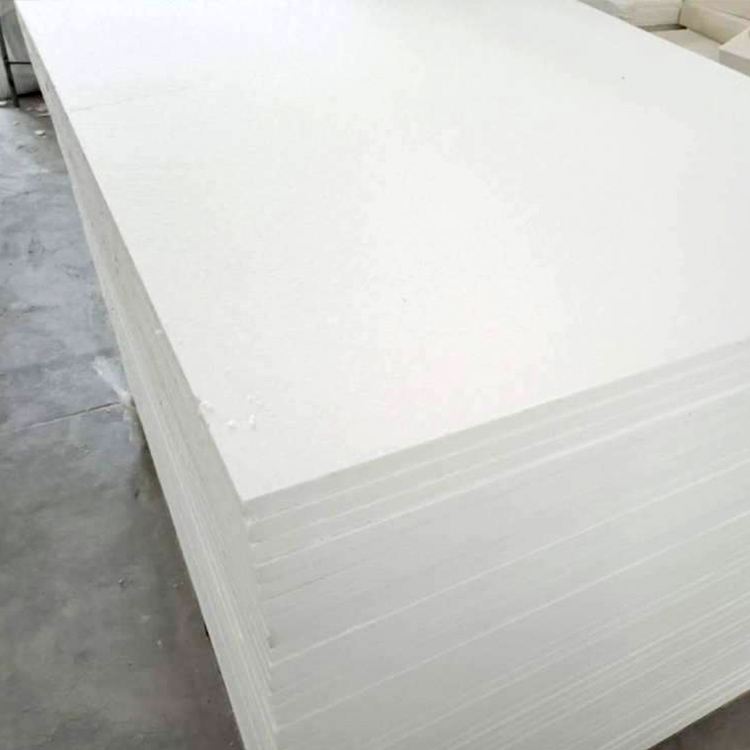
In the ceramic manufacturing process, deformation of ceramic products is a common and frustrating issue. You may have encountered situations where a significant number of products are discarded due to deformation, leading to increased production costs and reduced efficiency. Trays, as the carriers of heat conduction in the kiln, play a crucial role in this process. The right tray can effectively optimize heat conduction and reduce the deformation rate of ceramic products.
Composite corundum mullite trays are made of special materials. As a technical expert points out, “This material has excellent high - temperature stability, which is the foundation for it to be used in high - temperature ceramic firing processes.” The tray can maintain its structural integrity and performance even at extremely high temperatures, ensuring stable heat conduction during the firing process. For example, in some high - end ceramic production lines, these trays have been used continuously at temperatures above 1300°C for more than 500 hours without significant performance degradation.

Let's look at a real - world customer case. A ceramic factory was facing a high deformation rate of up to 25% in their production. After using our composite corundum mullite trays with geometric optimization, such as well - designed grooves and thickness gradients, the deformation rate dropped to 15% within a month. The grooves on the tray can guide the flow of hot air, and the thickness gradient ensures that different parts of the ceramic product receive appropriate heat. This geometric optimization significantly improves the uniformity of the temperature field in the kiln, reducing the temperature difference between different parts of the product and thus reducing the deformation rate.
The installation method of the tray, including stacking spacing and positioning hole design, also has a significant impact on heat flow distribution. If the stacking spacing is too small, it will block the flow of hot air, resulting in uneven heating. On the contrary, if the spacing is too large, it will waste energy. Through experiments and practical applications, we found that a stacking spacing of 3 - 5 cm can achieve the best heat flow distribution. The positioning hole design ensures that the tray is accurately placed on the kiln car, which is conducive to the stable flow of heat. Our composite corundum mullite trays have been installed in many ceramic factories, and through reasonable installation, the heat utilization rate has been increased by about 10%.
To ensure the effectiveness of the tray, on - site detection is essential. We recommend using infrared thermometers to measure the temperature distribution in the kiln and calculate the warpage rate of the products. By regularly monitoring these data, you can adjust the tray's use and installation in time. For example, if the temperature difference in a certain area of the kiln is found to be too large, you can adjust the stacking spacing or replace trays with different geometric designs. Our technical team has rich on - site debugging experience and can provide you with professional guidance at any time.
In conclusion, our composite corundum mullite trays have been proven to be effective in reducing the deformation rate of ceramic products through geometric optimization and reasonable installation. Many ceramic factories have achieved a deformation rate reduction of more than 30% after using our trays. If you want to improve the yield and production efficiency of your ceramic products, click here to learn about your kiln's适配方案 (please replace with appropriate English expression).

